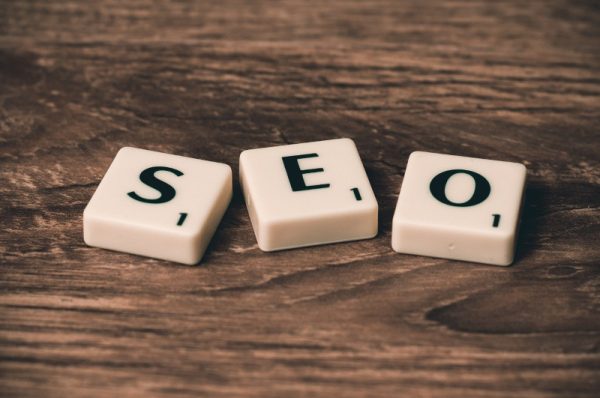Note: This is the final article of 6 in the series, Taming the SEO Monster. Part 1, Understanding the Beast, Part 2, Forms of Searches, Part 3, Incorporating SEO in Your Website, Part 4, SEO Tools, and Part 5, SEO on a Budget are full of great information to help you build your foundation of knowledge about SEO. — Hanna Schoenrock, Managing Editor
The best way to tame the monster is to understand how it works and give it what it likes. Put simply, Google, like all businesses, wants to be viewed as a reliable and trustworthy source. One of the best forms of reliability is actually longevity. The longer something exists on the web, the more reliable it becomes. But, just putting up a website isn’t enough. We all know cars can’t sit unused without deteriorating. In the same way, if you put up a site without updating it, that will work against you.
The short game
Adwords is the short game. Top results listed in Google are always paid ones. You will actually see the word “Ad” followed by the website url. The organic results are shown after the ads. Adwords requires you to set a monthly budget because you’re paying for clicks. When someone clicks on your site, you pay for that. You want to make sure you’re using specific (not generic) keywords. You can burn through your budget quickly if your website shows up to people who aren’t looking to buy what you’re selling.
The long game
This is where you really want to spend your time. Organic results are better in the long run. The cost of acquiring new clients drops significantly because they become loyal, stark raving mad fans. Getting listed at the top organically is best done through content marketing. You have to provide valuable content that makes a direct impact in your targets’ lives. I’ll be honest: this requires around two years of regular posting content, but it will compound when you start getting results.
Other media
The more places you are on the web, the more you’re listed as a solution on Google. The other places you have a presence, such as Facebook, Pinterest, Etsy, YELP, and others, all have SEO strategies in place so people will go to their platform. Thus, being found on multiple platforms boosts your trustworthiness and rankings. One thing to note: you don’t want to be listed everywhere for the sake of being there. You need to have a plan in place to stay relevant on a certain platform, or you’ll drop there as well. The best advice is to follow the Rule of 1, as told by Greg Hickman of Alt Agency: “ONE target that you reach out to on ONE platform done for ONE year.” You will see results. The best part about this? Your budget stretches farther because it’s being maximized in one place instead of spread out over several places.
Bring someone in to manage
My personal choice is to hire out someone to handle the things that require regular maintenance, such as Adwords and managing SEO. Having someone manage your SEO is ideal because they will continually check your website and rankings and make adjustments to ensure you’re the top result.
Warning: Make sure your SEO manager is not doing things that will get your website blacklisted, such as creating hidden pages. That is adding pages of content based on your keywords that can be seen by Google but not clicked on. When you’re caught doing this, you’re penalized severely by Google and your site won’t rank. The best way to find the right person is to hire someone to be on staff, use someone referred (with a longstanding relationship), or do deep research on the company. Companies that use unscrupulous tactics don’t last long. They will close their business to escape fallout and reopen under a new name.
Tame the Beast and it’ll do tricks for you
SEO is definitely a beast — and for good reason since it’s searching the virtual super highway. However, with time, the right tools, and a sound strategy, you can tame the beast.
Until next time, I wish you much success transforming your business into an amazing brand.
Images courtesy of George Paul III and Pixabay.
Originally published April 5, 2021 on LKNconnect.com





